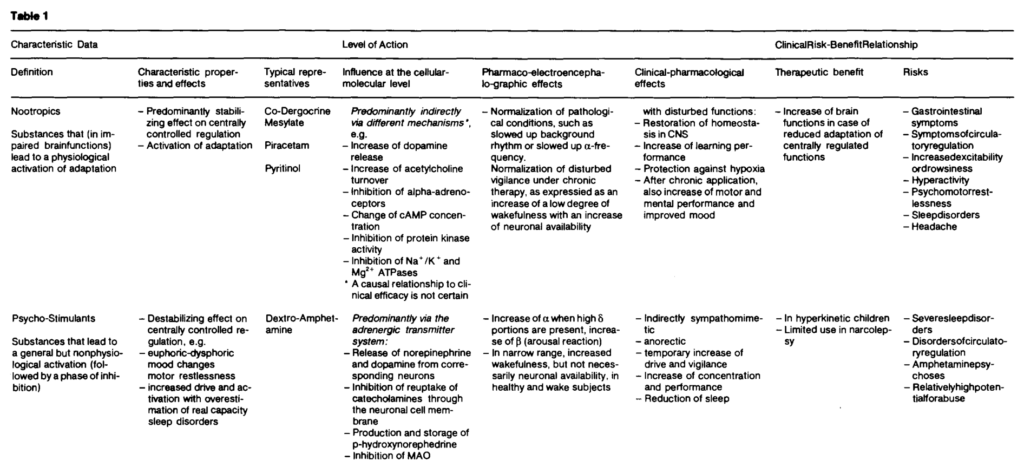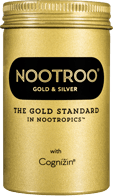No, amphetamines are not nootropics, they are central nervous stimulants.
Also, we have a number of direct comparisons between amphetamines and nootropics.
In Fundamentals to a Pharmacology of the Mind, Giurgea says the following:
Wolthuis (1971) has shown that learning of an “Y” maze in an avoidanc eprocedure was significnatly enahcned if piracetam was given in rats at 100 mg/kg I.P. prior to each daily session. It was seen that 100 mg/kg piracetam was equally potent to facilitate acquisition of this learning as 2 mg/kg metamphetamine. By accurate and hihgly technical spontaneous locomotor activity evaluation (Wolthius et al., 1975)it was found that, in rats of euqal strain and weight as the ones used for learning experiments, metamphetamine (2 mg/kg) significantly increased the frequency of rearings as well as that of large horizontal movements while nod ifferences were detected between piracetam and saline treated groups. Piracetam consequently facilitates learning without being a psychostimulant, while metamphetamine is active only in analeptic, psyostimulant doses.
Also from the Paper: Psychostimulants, Analeptics, Nootropics: An Attempt to Differentiate and Assess Drugs Designed for the Treatment 0f Impaired Brain Functions by H. Coper, W. M. Herrman
The common characteristic properties of psychostimulants, analeptics, and nootropics are excitatory and disinhibitory eftects on the central nervous system. The differences in the type of excitatory eftect.
Psychostimulants produce a general, yet nonphysiologic, activation with subsequent sedation. They generally act in a destabilizing manner, disturbing the homoeostatic functions of centrally regulated reactions. Nootropics produce a physiological activation of disturbed or reduced adaptation functions. They have a stabilising eftect, increasing the homoeostatic functions of the centrally regulated reactions that have become susceptible to disturbances.
…
Yet there is sufficient proof that nootropics, unlike psychostimulants and analeptics, can produce therapeutic results in at least some patients, even if it is not yet clear under what conditions they can be meaningfully applied.
There is a fundamental difterence between the three groups with regard to the potential for abuse. While tolerance and extreme physiological dependence can occur rapidly under treatment with psychostimulants, such risks are not a typical feature of nootropics or analeptics.
…
The terms “psychostimulant” and “analeptic”, the typical representatives of which are dextroamphetamine and pentylenetetrazol, are by no means clearly defined, and an adequate distinction has still to be made between them. Psychostimulants are sometimes referred to as “psychoanaleptics”, i.e., a subgroup of the analeptics, and contrasted with the “unspecific” and “central” analeptics. Psychostimulants are, however, also subsumed under psychotropic agents (Herrmann, 1982) or under sympathomimetics ( Weiner, 1985).
…
Psychoslimulants
Psychostimulants are drugs that produce a general, but non-physiologie activation ofthe CNS accompanied by a temporary increase in drive, mood, and performance. The phase of activation is followed by aphase of sedation (a typical representative ofthis group is d-amphetamine).
Nootropics
Nootropies…exert a positive effect on impaired brain funetions, in the sense that they can aetivate adaptive responses. In this context, adaptivity is defined as the capacity of centrally controlled funetions to regulate themselves ( Coper, et al., 1986). The aetivation is physiologie and does not leadto a phase of exhaustion. Nootropies might thus also be charaeterised as stabilising homoeostasis. (Typical representatives of this class are co-dergocrine mesylate, piracetam, and pyritinol).

